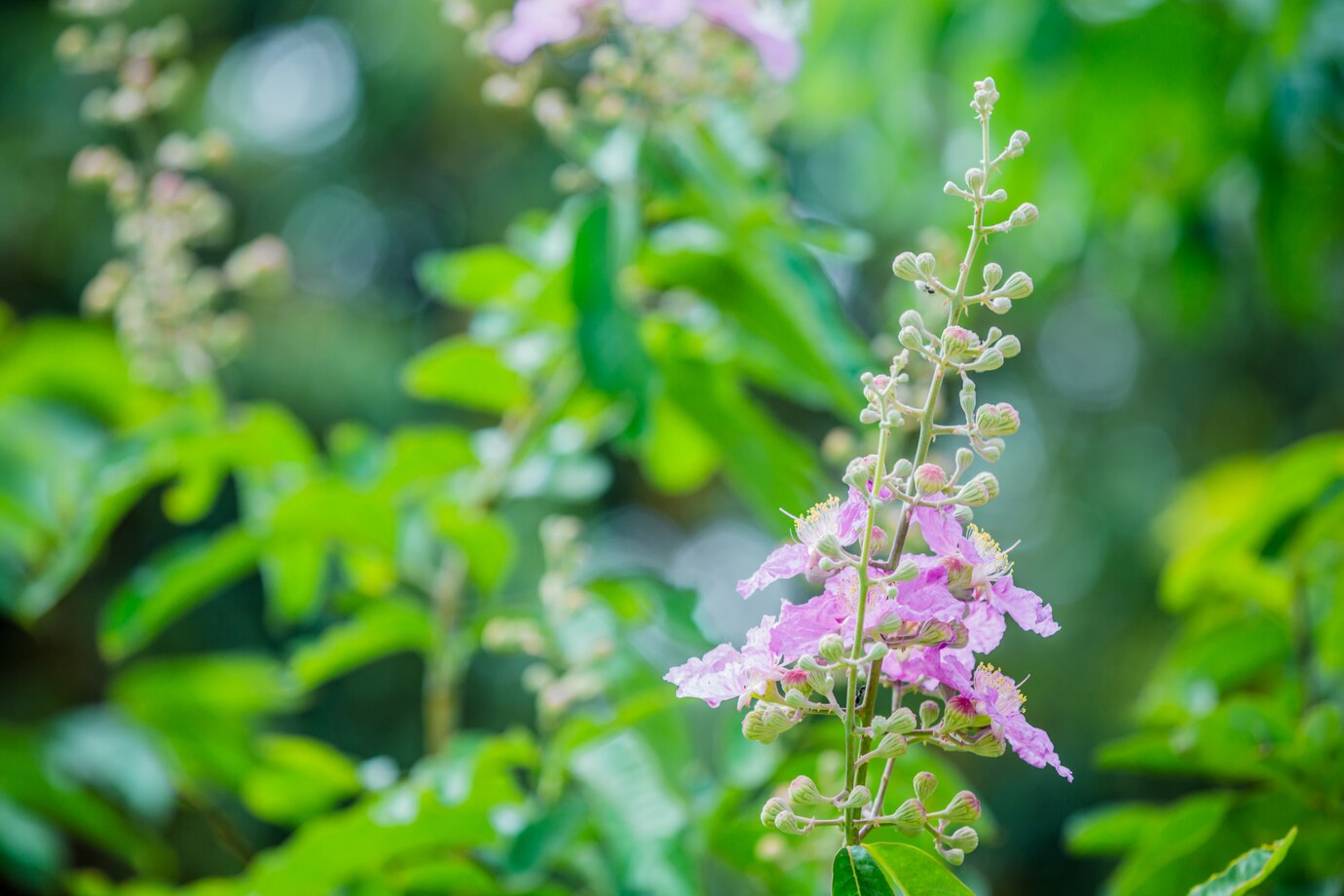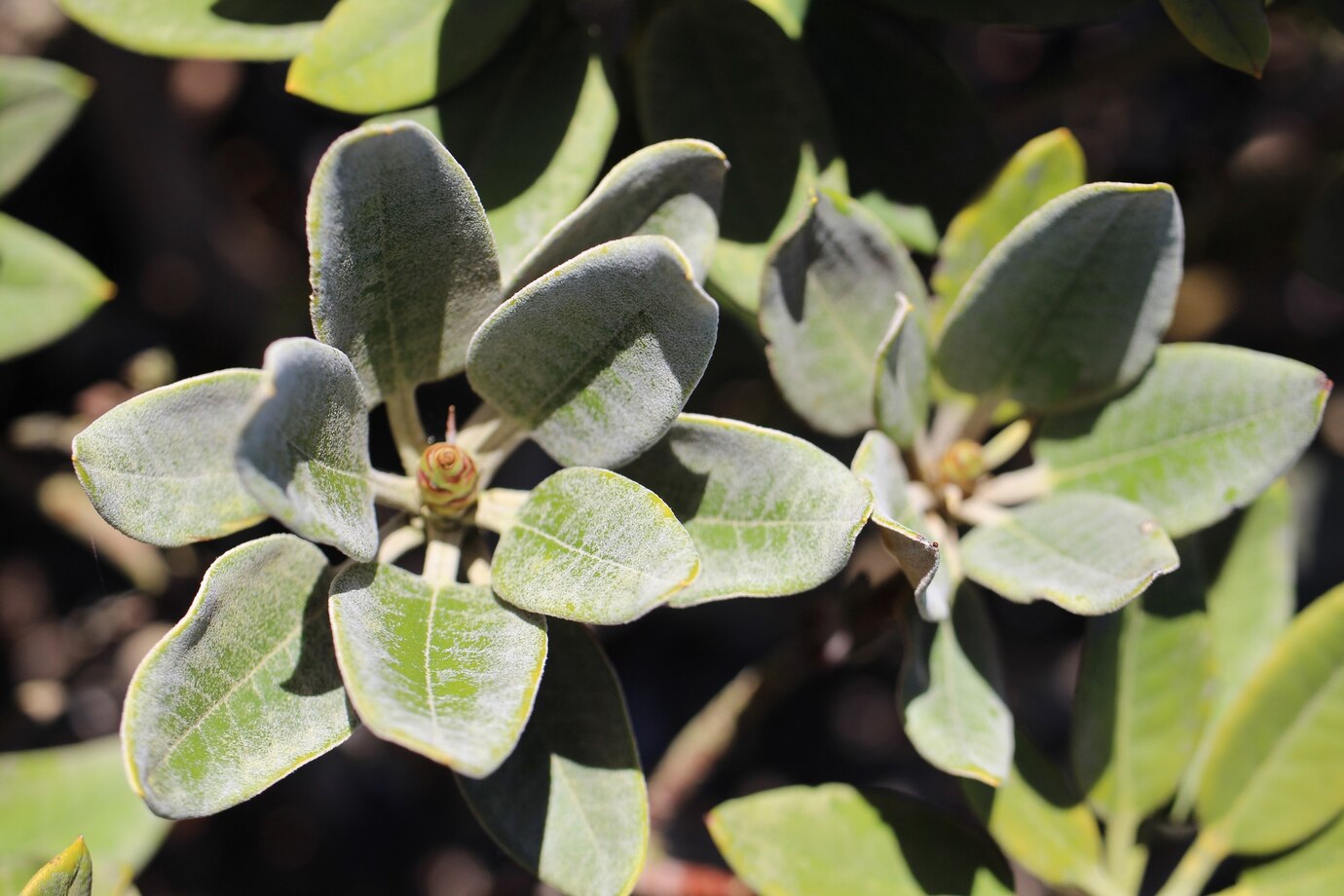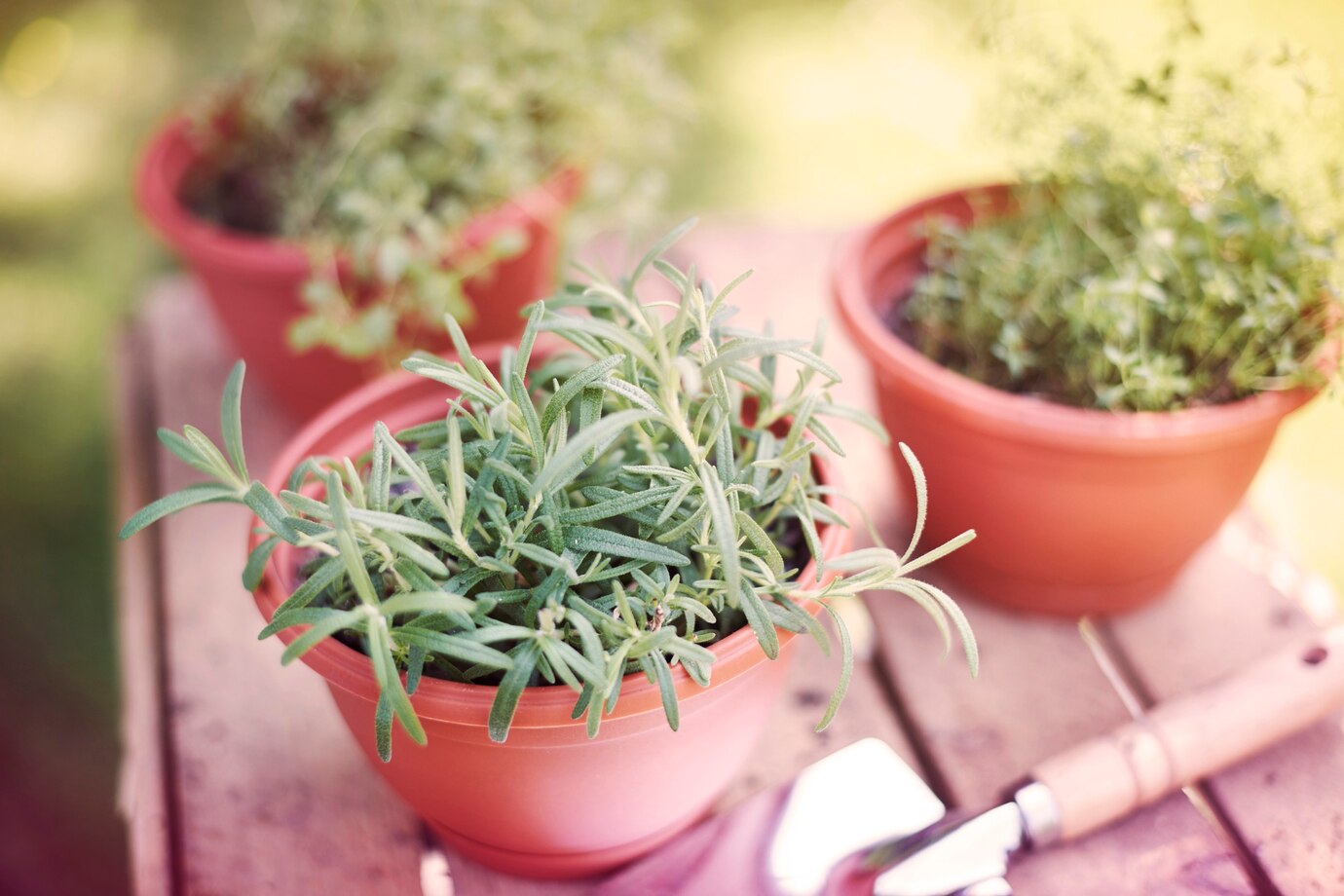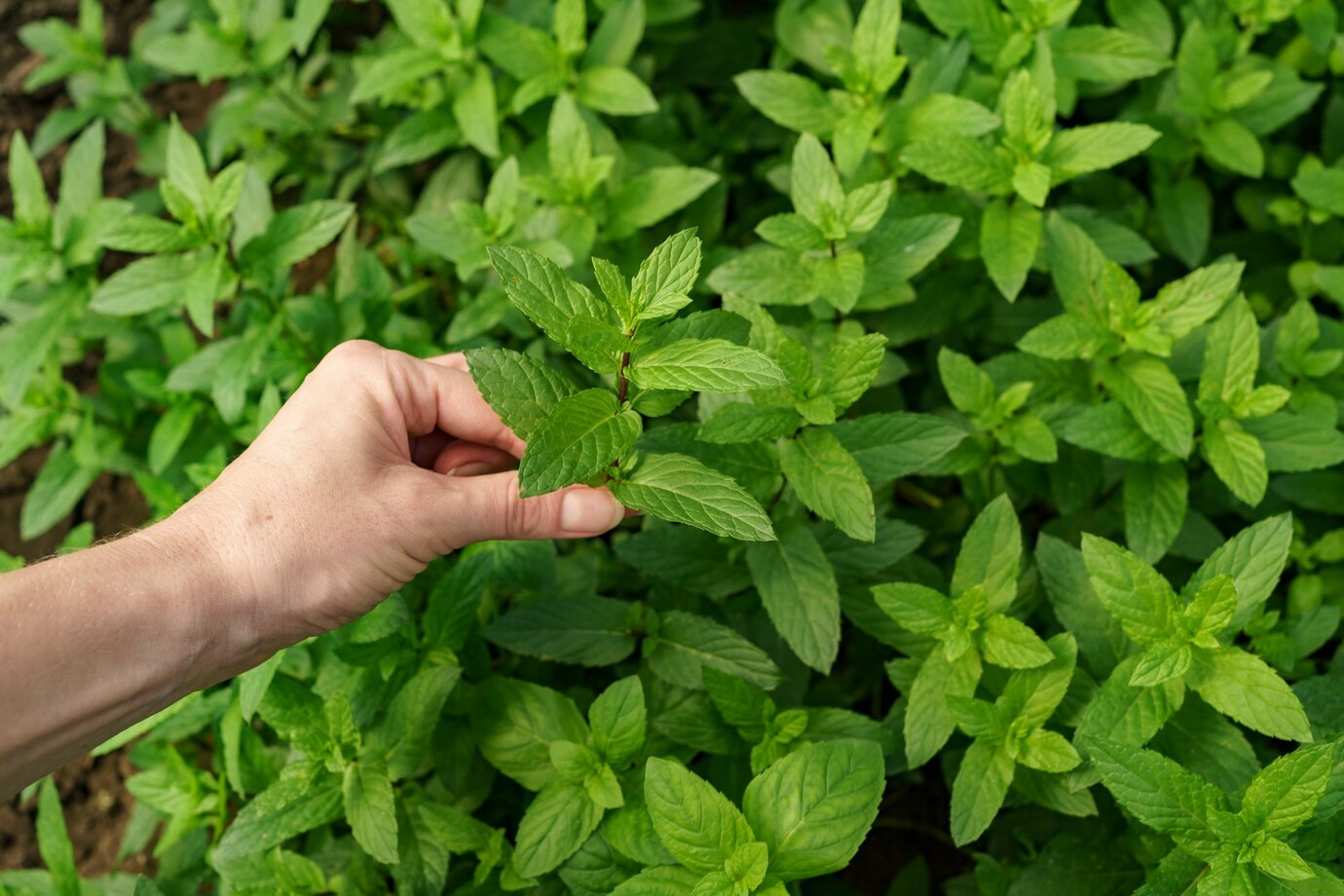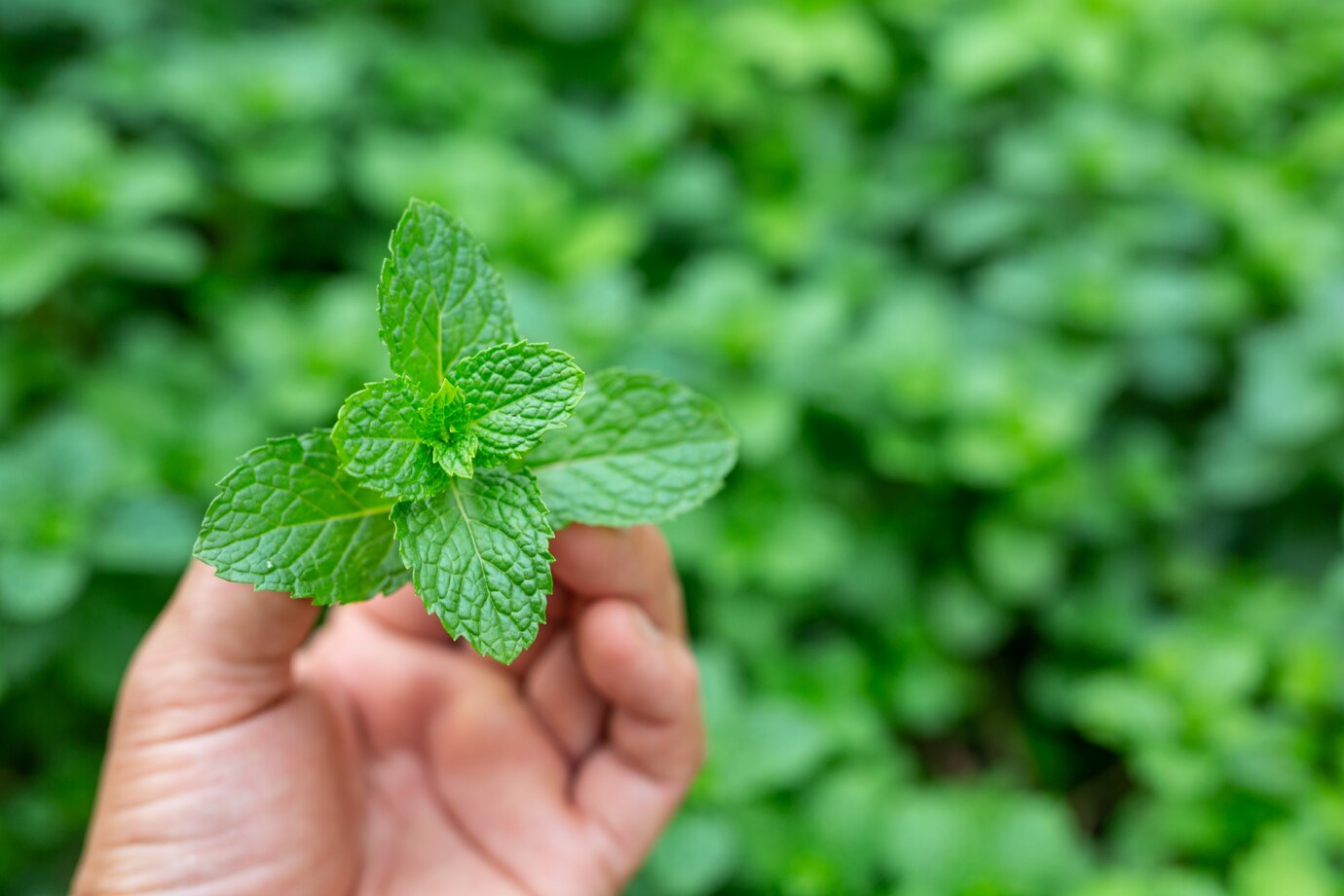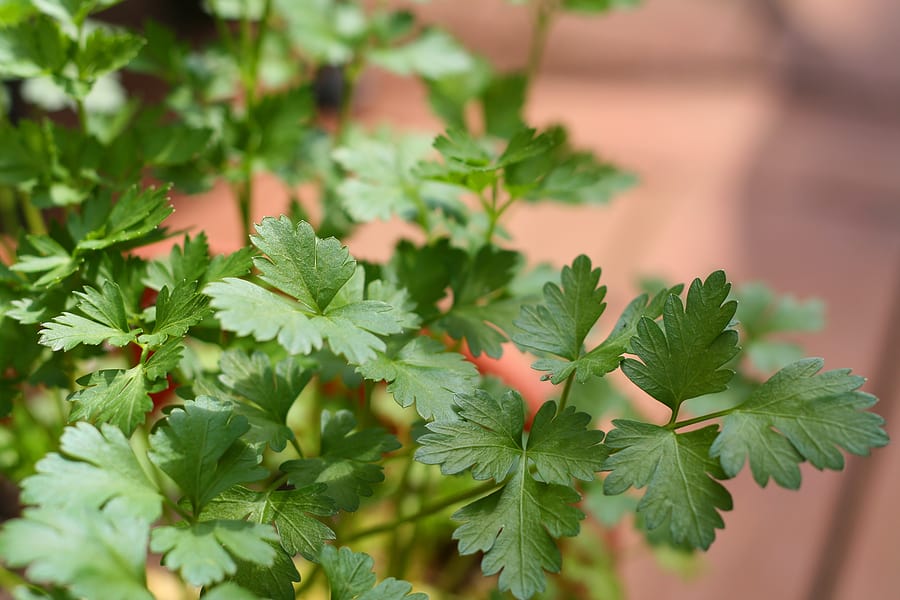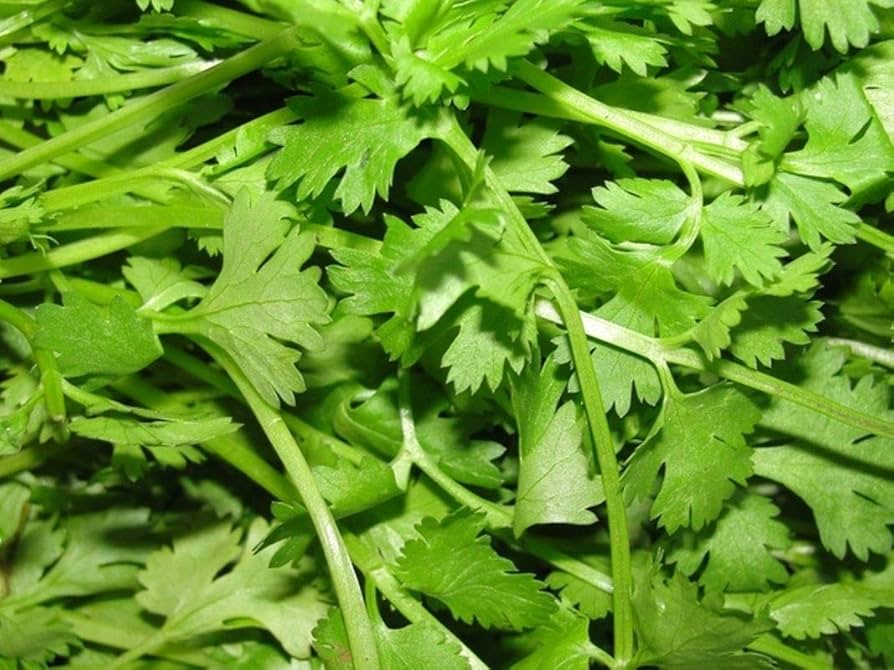When basil starts to flower, many gardeners quickly remove the blossoms to encourage more leaf growth and prevent the leaves from becoming bitter. After all, it’s the aromatic leaves that season our dishes, not the flowers. Basil grows in warm weather and typically grows from seed. They form a small, bushy plant that eventually produces lovely flowers. But do we really need to pinch off those beautiful blooms?
Table of Contents
ToggleHow Do You Want to Use Your Basil Plant?
Pinching those beautiful blooms depends on how you want to use your Basil plant. If you’re growing basil for its flavorful leaves, harvesting them before the plant starts to bloom is best. However, let it flower if you’re growing it for decorative purposes. No matter how you pick them, your fresh leaves will still provide the same health benefits. Remember that once the plant begins to bloom, the leaves may develop a slightly bitter taste.
Should I Let My Basil Flower?
When basil starts flowering, it attracts a variety of beneficial pollinators. The sweet scent and vibrant blooms attract bees and other insects. So, flowering basil is a boon for your other plants and potentially boosts fruit production.
However, flowering signals the plant’s reproductive stage, which isn’t necessary if you’re growing basil for its leaves unless you’re saving seeds. Remove the flowers as soon as you spot them to maintain the sweet, spicy flavor of the leaves. If you let the flowers continue to bloom it will become milder in taste. Ultimately, what to do with a flowering Basil is a personal choice, but removing the flowers allows the plant focus its energy on producing more leaves.
How and When to Pinch Basil
Basil thrives with consistent pinching. Removing material from the tips encourages the production of cytokinin, a hormone that promotes bushiness.
Once young basil plants are in the ground, pinch off the top cluster of leaves. This helps the plant grow more leaves and become compact rather than long-stemmed and sparse.
By the sixth week, watch for the first signs of flowers. Pinch them to encourage more leaf growth. The plant will keep producing flower buds throughout the growing season, so keep an eye on them and remove any blooms before they mature.
The most common pinching method is using your thumb and forefinger in a pincer motion, though you can also use pruners or scissors to do the job. Regularly harvesting the leaves will help reduce flower formation.
What Can You Do With Basil Flowers?
Basil Flowers Are Edible
Basil flowers are edible and enjoyed as a delicacy in many Asian countries, including India and Thailand.
You can use them fresh or dried in cooking. They have a subtle anise flavor that pairs well with fish dishes, such as Thai curries, or soups like chicken noodle soup. You can get creative by adding them to salads, fruit salsas, sauces, or use them as a fresh garnish.
Basil Flowers Attract Pollinators
Letting your basil plants flower can be a great option if you want to attract natural pollinators to your outdoor garden. The bees will feed on the pollen and nectar produced by the flowers. You can start your basil plants indoors and transplant them outdoors later.
Use Them for Decoration
The flower buds look stunning floating in a glass bowl or vase on your dining table. You can also add basil flowers to a vinegar bottle to create a beautiful homemade herbal vinegar. Additionally, they make a lovely garnish for drinks.
Make Herbal Tea
Add some basil flower heads to a teacup and pour boiling water over them to make a refreshing basil tea. Let it steep for 3-5 minutes, then enjoy. For a stronger flavor, add some leaves along with the flowers.
Make Basil Oil for Cooking
Place the basil flowers into a glass jar, then pour olive oil over them until fully submerged. Press the leaves down, then top the jar with oil before sealing it with a lid.
Store the jar in a cool place for 1-2 weeks, depending on how strong you want the oil’s flavor.
When the oil has reached your desired flavor, strain it through a muslin or fine sieve and transfer it to a clean jar. This infused oil is perfect for dressings and marinades. Make sure to use the oil within 3 months.

